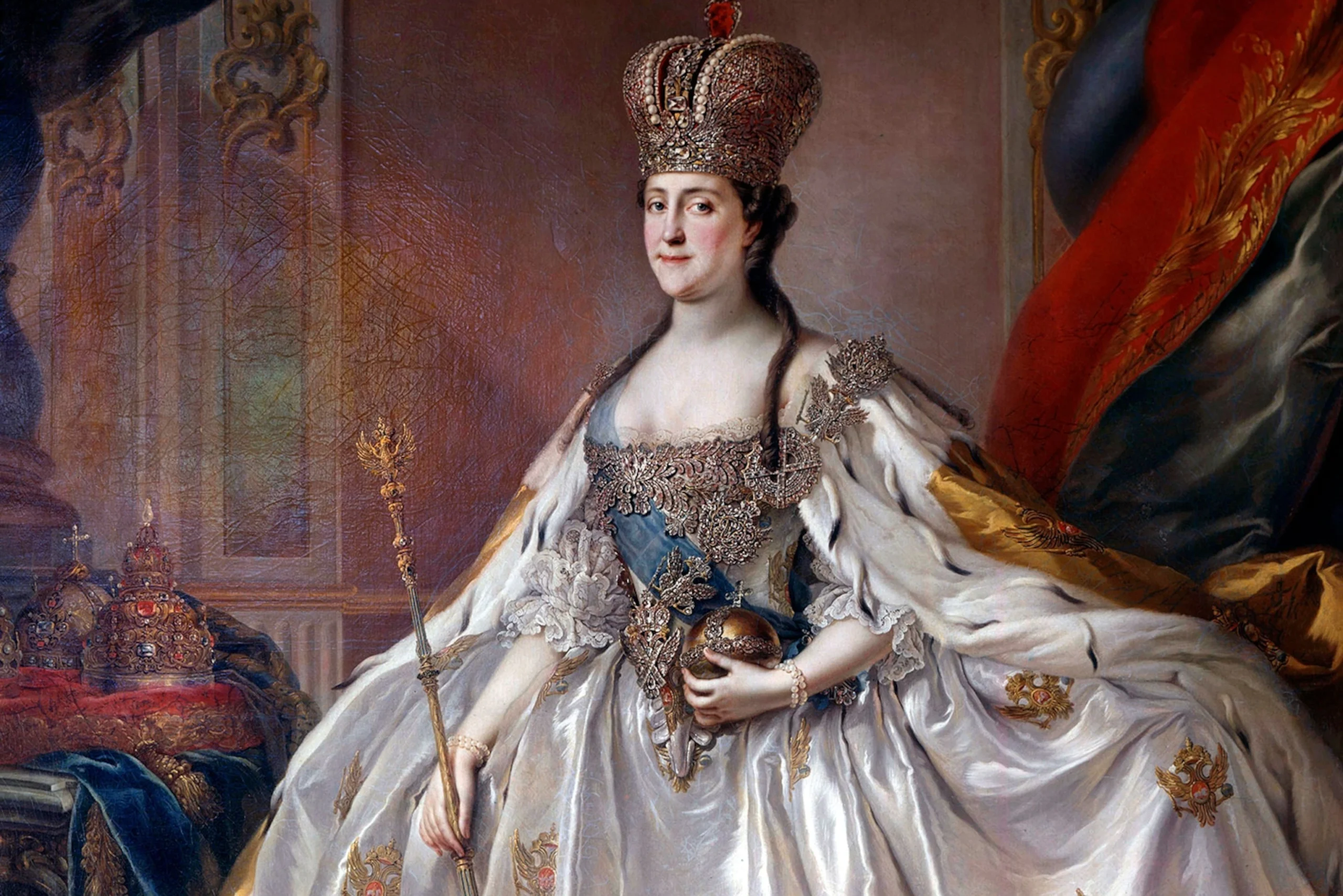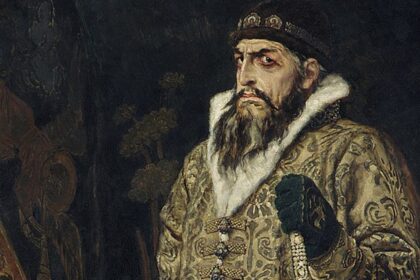Catherine the Great: The Great Reformer Who Expanded Russia’s Territory
In Russian history, no other female leader has ever held power for as long as Catherine the Great did. Through a coup d’état against her own husband, she ascended to the Russian throne and ushered in the Golden Age of Russia by expanding the country’s imperial sphere of influence.






